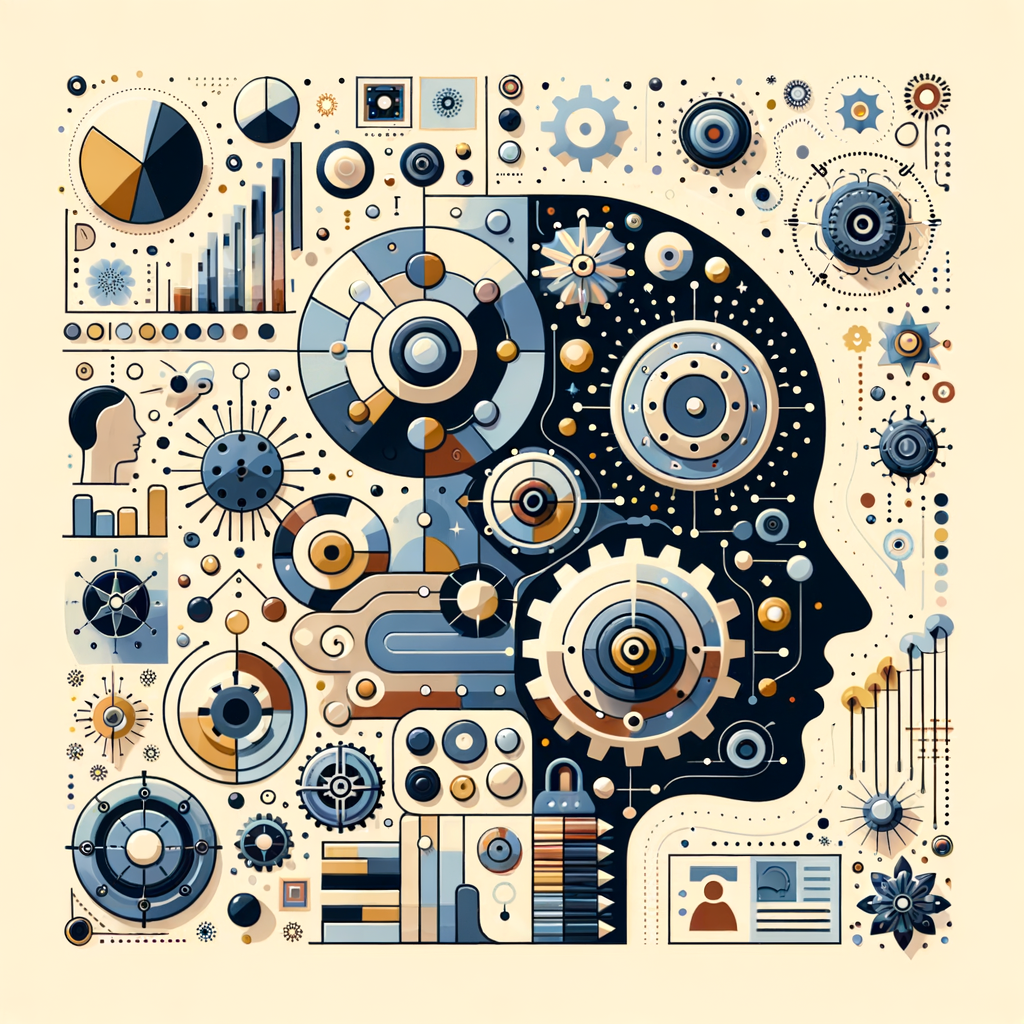
Crafting Intelligent Conversations: The Art and Science of AI Language Models
Explore the intricate world of AI language models that are transforming how we interact with machines. This comprehensive blog dives into the technological advancements, challenges, and future prospects of creating intelligent conversations through AI. Discover the strategies driving innovation in prompt engineering and learn how AI is seamlessly integrating into daily communications, boosting efficiency and creativity.
Introduction
In an era where technology continuously reshapes our daily interactions, artificial intelligence (AI) stands at the forefront, revolutionizing communication across various platforms. Amongst these innovations, AI language models play a pivotal role in creating intelligent and human-like conversations. This blog aims to unravel the complex ecosystem of AI language models, highlighting their significance, the science behind them, and their future in shaping seamless interactions.
Understanding AI Language Models
AI language models are systems designed to generate and interpret human language with unparalleled accuracy and fluency. These models are grounded in profound machine learning algorithms, particularly in the realms of natural language processing (NLP) and deep learning. They analyze vast datasets to understand linguistic nuances and generate responses that mimic human-like conversations.
Historical Background
The journey of AI language models dates back to the fundamental principles of NLP. The evolution from simple rule-based systems to sophisticated deep learning models marks a significant leap in technology. Breakthroughs like the Transformer model and its variants, including OpenAI's GPT series and Google's BERT, have driven tremendous progress, pushing boundaries previously deemed unreachable.
Key Components of AI Language Models
- Data Collection and Preparation: The backbone of successful AI language models is their ability to process and analyze colossal databases containing diverse linguistic examples.
- Algorithm Development: Implementing cutting-edge algorithms allows AI models to decode complex sentence structures and word relationships.
- Continuous Training: AI language models undergo rigorous training cycles to enhance their understanding, adaptability, and fluency over time.
Challenges Facing AI Language Models
Despite their transformative potential, several hurdles hinder the seamless performance of AI language models:
- Bias and Ethical Concerns: Models may reproduce existing biases inherent in training datasets, posing ethical challenges.
- Understanding Context: While models have made significant strides, contextual understanding in nuanced conversations remains a challenge.
- Resource Intensity: Training these models requires substantial computing power, posing challenges for widespread adoption.
Transformative Applications
AI language models have permeated several sectors, reshaping interactions and driving efficiency:
- Customer Service: Automating responses in customer service, enabling faster resolution times and increased customer satisfaction.
- Content Creation: Assisting creators by generating high-quality content ideas, summaries, and even complete articles.
- Language Translation: Providing real-time translation services, breaking language barriers globally.
Future Prospects
The potential of AI language models continues to expand as technology advances. Innovations in conversational AI are poised to normalize seamless human-machine interactions, enhancing productivity and creativity. Future prospects include hampering linguistic limitations and integrating AI into various creative and technical tasks, ultimately redefining communication.
Conclusion
The art and science of crafting intelligent conversations through AI language models illustrate the fusion of technological advancement with linguistic comprehension. As these models become more adept at understanding and generating human language, we are at the precipice of a new era in communication, fostering more intuitive and engaging interactions. As AI progresses, it's critical to navigate the ethical and practical challenges, leveraging AI's full potential responsibly and innovatively.